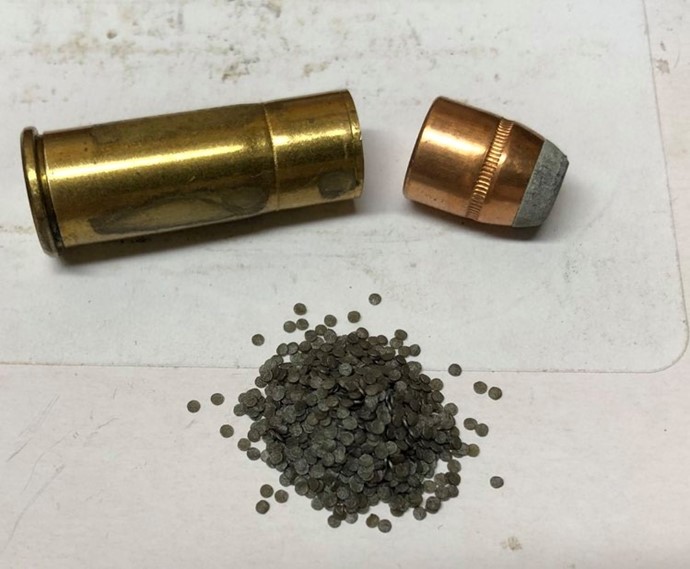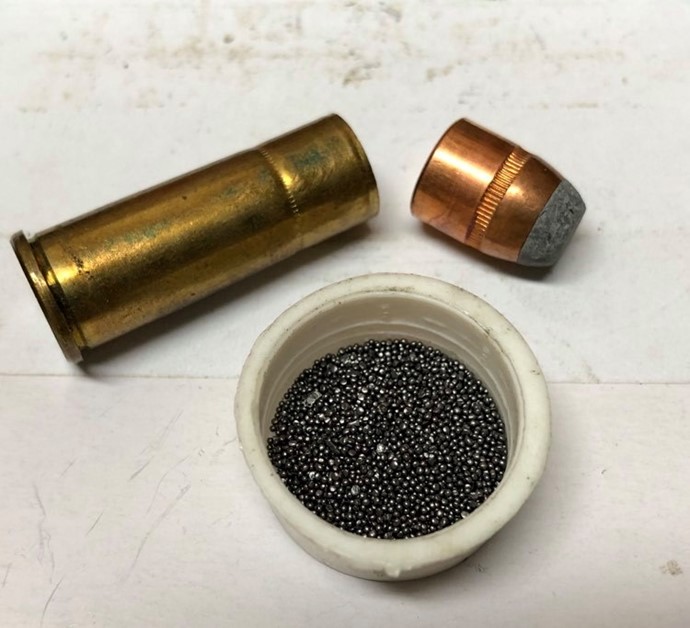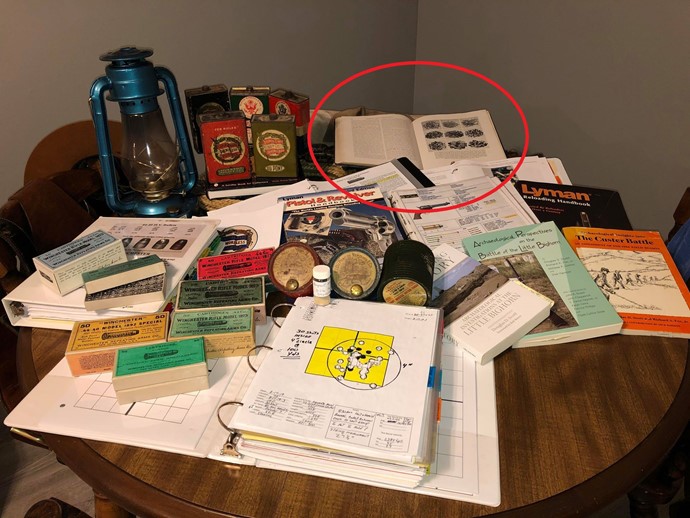I have been reading up on early smokeless powders again and I have run into a few places that claim even Colt advised against using the new powder in Colt revolvers, or at least the 45 Colt revolvers. Can anyone offer any more reliable information?
As we all know by now, Winchester did not "offer" smokeless powder for Colt's 44-40 revolvers. Between 1895 and 1899, five years, there was no information advising against it on Winchester's new cartridge boxes with red labels. By 1900 "Not For Pistols" was added to the label but dropped from the label in 1909. I don't know about other ammunition manufacture offering smokeless powder for the 45 Colt. I have yet to check into it.
With the dates 1900-1909 I did find some other information that is certainly very interesting. Winchester's issues with the revolvers is unknown to me but looking at the powder dates could shed some light between smokeless powders and revolvers.
44-40 pre-1900 Smokeless Powders
All Bulk "blonde in color" powder
It is rather difficult to follow the dates of these 44-40 powders with the exception of when they were introduced. Dupont and Laflin & Rand appear to have manufactured the three earliest powders I can find;
1894 - Dupont's No.2 Smokeless Rifle Powder
1896 - Laflin & Rand's "Sporting Rifle Powder"
1897 - Laflin & Rand's "Sharpshooter"
The "Sharpshooter" powder (1897), probably being the more forgiving of the three, was also approved specifically for "Black Powder Rifles". Laflin & Rand "Sporting Rifle Powder" shows use specifically for "Rifle and Revolver" on the can but we also find Winchester factory ammunition loads were not approved for use in revolvers until at least 1909. I wonder if this has anything to do with Sharpshooter#2 being introduced in this time frame? [Sharpshooer introduced in 1897 by L&R, then to Dupont after L&R destroyed by fire, then to Hercules by 1909 due to a law suit] The Laflin & Rand "Sporting Rifle Powder" shows a load for 17gr for the 44-40 which is the same as Dupont's "No.2" 44-40 load data of 17gr, both being of the blonde in color and "rocky texture"
Ironically it seems even before the smokeless powder was "proven" for revolvers, Winchester had already developed the High Velocity "Low Pressure" loads by 1903(Yellow labels). Hercules (1903-1914) "Sharpshooter" shows a High Velocity load in the load data on the back of the can. It also is amusing to me that by the time Winchester removed the "Not for Revolvers" from the smokeless powder (Red label) boxes by 1909, the 1910 High Velocity "High Pressure" (Yellow label) loads jumped from "low pressure" to 22,000cup high pressures...showing that the smokeless powder rifle loads were way in advance of the smokeless powder revolver loads.
continued below......
44-40 Website - https://sites.google.com/view/44winchester/chasing-the-44-40



















